
ワシントン州シアトルにある「Denshō: Japanese American Legacy Project」は、2004 年 2 月から Discover Nikkei に参加している組織です。その使命は、第二次世界大戦中に不当に強制収容された日系アメリカ人の個人的な証言を、彼らの記憶が消えてしまう前に保存することです。これらのかけがえのない直接の証言は、歴史的な画像、関連するインタビュー、教師用リソースと併せて、Denshō の Web サイトで提供され、民主主義の原則を探り、すべての人に寛容と平等な正義を推進しています。
2006年11月更新
この執筆者によるストーリー
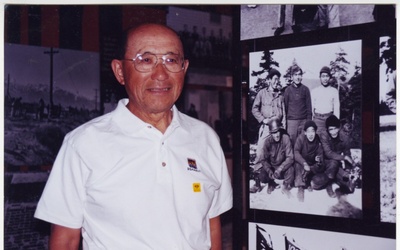
フレッド・シオサキの偉大な遺産への賛辞
2021年5月6日 • Denshō
フレッド・シオサキは、素晴らしい人生を送った素晴らしい人物でした。彼が最近亡くなったことを知り、私たちは深い悲しみを感じています。しかし、彼が残してくれた偉業と、私たちやその他多くの人々に彼の物語を語ってくれた寛大さに心から感謝しています。私たちは、フレッドの思い出を偲び、彼の人生を祝福するために、この追悼の言葉を捧げます。フレッド・アキラ・シオサキは、1924年8月23日、ワシントン州スポケーン地区のヒルヤードに生まれました。フレッドは、キサブローとトリ・シオサキの5人兄…
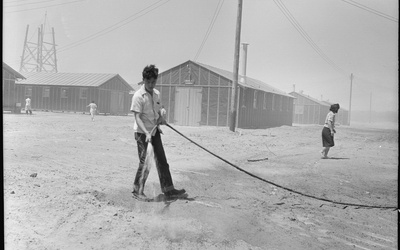
ポストン強制収容所をユニークにした10のこと
2020年2月7日 • ブライアン・ニイヤ , Denshō
コロラド川「移住センター」、通称ポストンは、カリフォルニア州境から数マイル離れたアリゾナ砂漠に位置していました。戦時移住局(WRA)が管理する強制収容所の中で最大かつ最も人口が多く(人種隔離政策後のトゥーリーレイクは除く)、ピーク時の人口は18,000人近くに達し、ポストンはWRAの収容所の中でもさまざまな点で独特でした。まず、この収容所はコロラド川インディアン居留地に建設され、インディアン事務局(OIA)と共同で管理されていたが、これは問題の多い取り決めで、1944年の初…
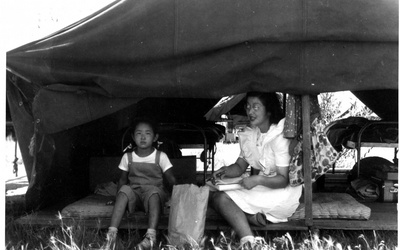
トパーズ強制収容所に関するあまり知られていない 10 の物語 - パート 2
2019年10月31日 • ブライアン・ニイヤ , Denshō
パート 1 を読む >>外部の農場労働者に対する敵対的な対応多くの収容所と同様に、囚人たちは収穫期に短期休暇を取ってユタ州、アイダホ州、コロラド州などの州で農作業に従事するよう奨励された。比較的高給の軍需産業の仕事に就くために多くの労働者が海岸地域に移住したため、深刻な農業労働者不足に陥り、多くの農家が収監中の日系アメリカ人を募集しようとした。特に 1942 年と 1943 年の秋には、何千人もの日系アメリカ人がこれを行った。実際、多くの日系アメリカ人がいくつか…
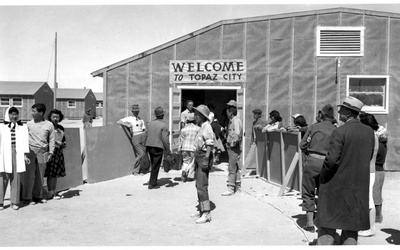
トパーズ強制収容所に関するあまり知られていない 10 の物語 - パート 1
2019年10月30日 • ブライアン・ニイヤ , Denshō
「中央ユタ移住センター」は、通称トパーズと呼ばれ、セビア砂漠の埃っぽい場所にあり、収容所の中でも最も都会的で同質的な人々が暮らしていた。収容者のほぼ全員がサンフランシスコ湾岸地域から来ていた。トパーズは、1943 年 4 月に熱心すぎる収容所の警備員が収容者を射殺した場所、また著名な一世や二世の芸術家が教授陣に名を連ねる美術学校があることでよく知られている。また、1943 年春には「忠誠度アンケート」に対する大規模な抗議活動が行われ、さまざまな労働争議が行われた場所でもある…
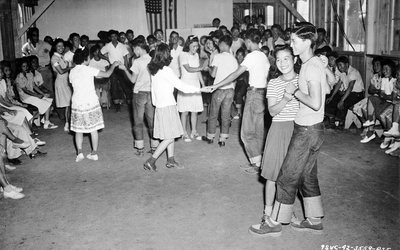
警備員の窃盗、集団食中毒、フレズノ集会センターのその他の現実
2019年9月20日 • ブライアン・ニイヤ , Denshō
フレズノ集合センター* (FAC) は 1942 年 5 月 6 日に開設され、フレズノとサクラメント地域から強制的に移送された合計 5,344 人の日系アメリカ人を収容しました。1942 年春に開設された 15 か所の短期収容所の 1 つであるこの施設は、収容者がアーカンソー州のより恒久的な収容所に移送された 6 か月後に閉鎖されました。フレズノの収容者は、鉄条網で囲まれ、憲兵に監視され、日陰がほとんどない収容所の酷暑と夜間の門限と点呼に直面しながらも、最善を尽くして生き…
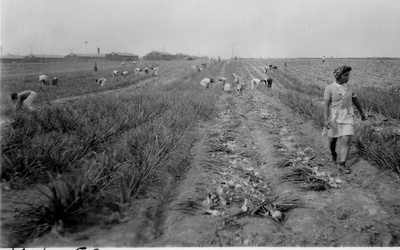
ミニドカでの生活に関するあまり知られていない10の事実
2019年9月2日 • ブライアン・ニイヤ , Denshō
アイダホ州南部に位置するミニドカ強制収容所は、1942 年 8 月 10 日に開設され、第二次世界大戦中、約 13,000 人の日系アメリカ人を収容しました。収容された人々 (そのほとんどはワシントン州とオレゴン州出身) は、比較的温暖な気候に慣れていたため、ミニドカの極端な気温と容赦ない砂嵐に適応するのに苦労しました。また、あまり知られていない苦難にも耐えました。ミニドカでの生活の知られざる物語をお読みください。 1. 「不快感と不便の源」部品不足のため下水道の完成が遅れ…
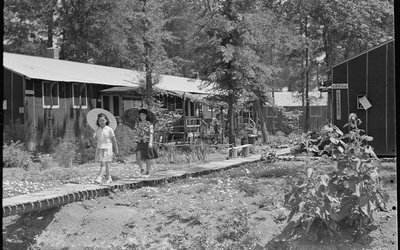
ローワー強制収容所に関するあまり知られていない10の物語
2019年5月27日 • ブライアン・ニイヤ , Denshō
歴史を学ぶ上で真実が一つあるとすれば、それは常に学ぶべきことがあるということだ。マンザナーやトゥーリー湖ほど有名ではないが、ローワーはアーカンソー州にあった2つのWRA強制収容所のうちの1つで、収容者は南部の独特の気候や人種政治にさらされ、近くの軍事施設で訓練を受ける二世兵士と定期的に交流していた。今年のローワー巡礼は4月11日に行われ、Denshoコンテンツディレクターのブライアン・ニイヤが、かつての収容所跡地に関するあまり知られていない10の事実を集めた。 1. 州政府…
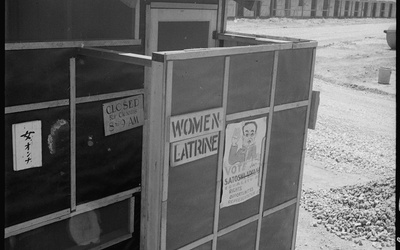
なんと不道徳な場所での出会いか:キャンプのトイレからの物語
2018年6月22日 • ブライアン・ニイヤ , Denshō
強制移送と収容の話には、ある種の物語が繰り返し登場する。真珠湾攻撃の衝撃とそれに続く強制退去命令、強制移送の準備には家庭用品を定価の何分の一かで買いに来る人間の「ハゲタカ」や、皿を高値で売るよりも割ってしまう一世の女性などがある。強制収容所に入ると、ほこり、極端な気温、有刺鉄線のフェンスと監視塔、質素な生活環境(時には馬小屋を改造したもの)、プライバシーの欠如、家族生活のゆっくりとした崩壊などがある。そしてトイレもある。いつもトイレだ。最近マンザナー国立歴史公園を訪れたとき…
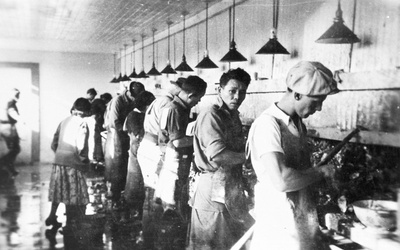
船から飛び降りた人々、国境を越えた人々、その他の「不法」な一世移民
2018年1月12日 • ブライアン・ニイヤ , Denshō
私たちデンショーでは、西海岸から強制的に追放され、その後投獄された日系アメリカ人と、今日の社会的弱者への扱いとをしばしば比較しています。悲しいことに、この比較の必要性はここ数ヶ月で高まっています。しかし、移民、特に「不法」とみなされた移民に対する現在の取り締まりとスケープゴート化は、日系アメリカ人の歴史の以前の時代、つまり100年以上前に米国にやって来て、今日の日系アメリカ人コミュニティの基礎を築いた一世の開拓者たちの時代を思い起こさせるはずです。しかし、開拓者となった一世…
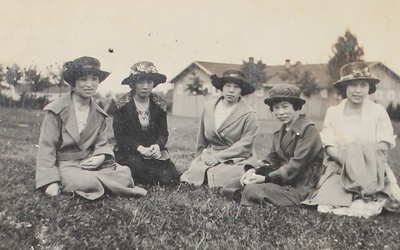
おそらく聞いたことのない、4人のすごい一世女性
2017年5月22日 • ニーナ・ノブコ・ウォレス , Denshō
枠にとらわれず、自分のものを取ることを恐れない強い女性に興味があるなら、ここはぴったりの場所です。あなたが生まれる前から固定観念を打ち破り、家父長制を覆し、移民が #MakeAmericaGreatAgain であることを証明してきた、あまり知られていない一世の先駆者たちの歴史について読み進めてください。準備してください。ここはこれから暑くなります。 1. 津田亜弥子 1880年に旧武士の家に生まれた津田ヨナコは、1907年に米国に到着しました。彼女はこの1年間の旅で将来の…


